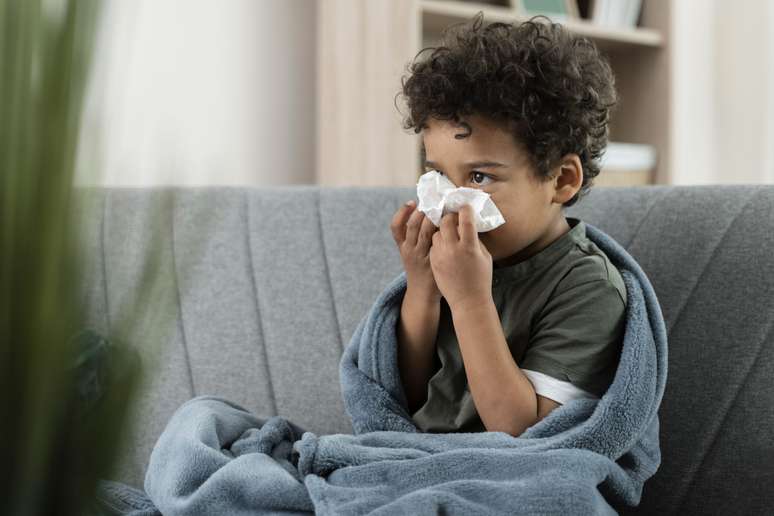The proposal is to help more than 750 million users
The World Health Organization (WHO) published on Tuesday (2) a set of interventions against smokingincluding behavioral support to be provided by health professionals, digital interventions and pharmacological treatments. This is the first time that the agency has presented guidelines for smoking cessation treatment.
The proposal, according to WHO, is to help more than 750 million tobacco users who wish to abandon the consumption of various tobacco products, including traditional cigarettes, waterpipes, smokeless tobacco products, cigars, rolling tobacco and heated tobacco products (HTP).
“These guidelines are a critical milestone in our global fight against these dangerous products,” said WHO Director-General Tedros Adhanom Ghebreyesus. The agency estimates that more than 60 percent of the world’s 1.25 billion tobacco users—more than 750 million people—want to quit, but 70 percent lack access to effective services.

8 Skin Problems Caused by Cigarette Use
Recommendations
According to WHO, combining pharmacotherapy with behavioral interventions significantly increases smoking cessation success rates. “Countries are encouraged to provide these treatments at no or reduced cost to improve accessibility, especially in low- and middle-income countries.”
Among the guidelines, the agency recommends the use of varenicline, a drug that has the function of reducing the intense desire to smoke, as well as alleviating withdrawal symptoms (mental and physical symptoms that occur after quitting or reducing nicotine consumption).
Another recommendation is nicotine replacement therapy (NRT), which can be performed, according to clinical criteria, using nicotine gum, nicotine lozenges, or nicotine transdermal patches.
The guidelines also include medications such as bupropion or bupropion hydrochloride (an antidepressant) and cytisine (an herbal medicine) in the treatment of smoking cessation.
WHO also recommends behavioral interventions, including brief counseling with health workers, lasting on average 30 seconds to three minutes, routinely offered in health care settings, as well as more intensive behavioral support through individual, group, or telephone counseling.
Among the digital interventions suggested by the agency are text messages, smartphone applications and internet programs to be used as “complements or self-management tools”.
Editing: Valeria Aguiar
Source: Terra
Ben Stock is a lifestyle journalist and author at Gossipify. He writes about topics such as health, wellness, travel, food and home decor. He provides practical advice and inspiration to improve well-being, keeps readers up to date with latest lifestyle news and trends, known for his engaging writing style, in-depth analysis and unique perspectives.







![More beautiful life in advance: What awaits you in the 319 episode of Friday, April 25, 2025 [SPOILERS] More beautiful life in advance: What awaits you in the 319 episode of Friday, April 25, 2025 [SPOILERS]](https://fr.web.img2.acsta.net/img/d5/ab/d5abc73dea071c1a3f279f5d301b32bd.jpg)
